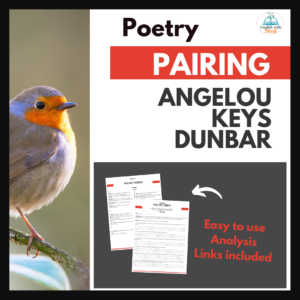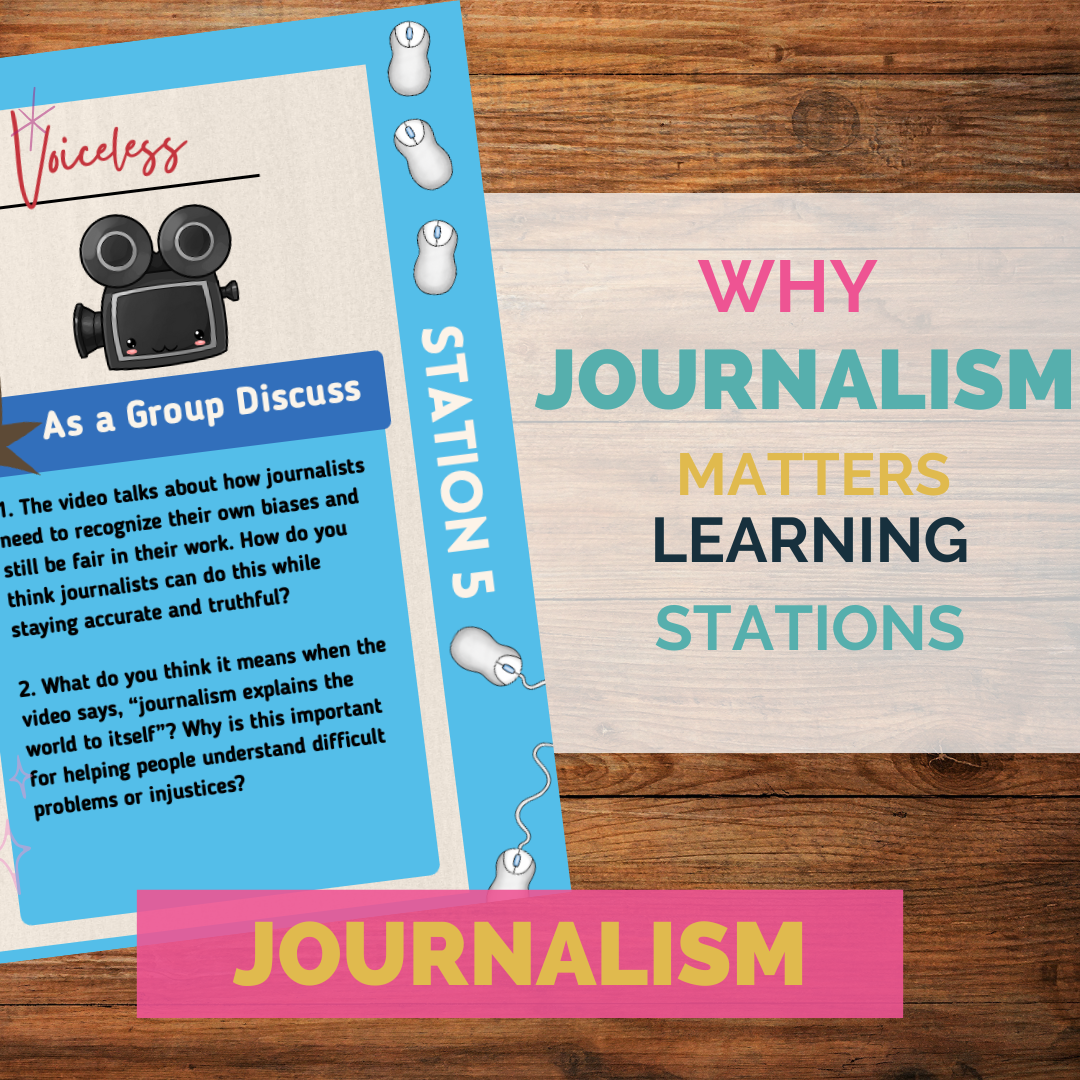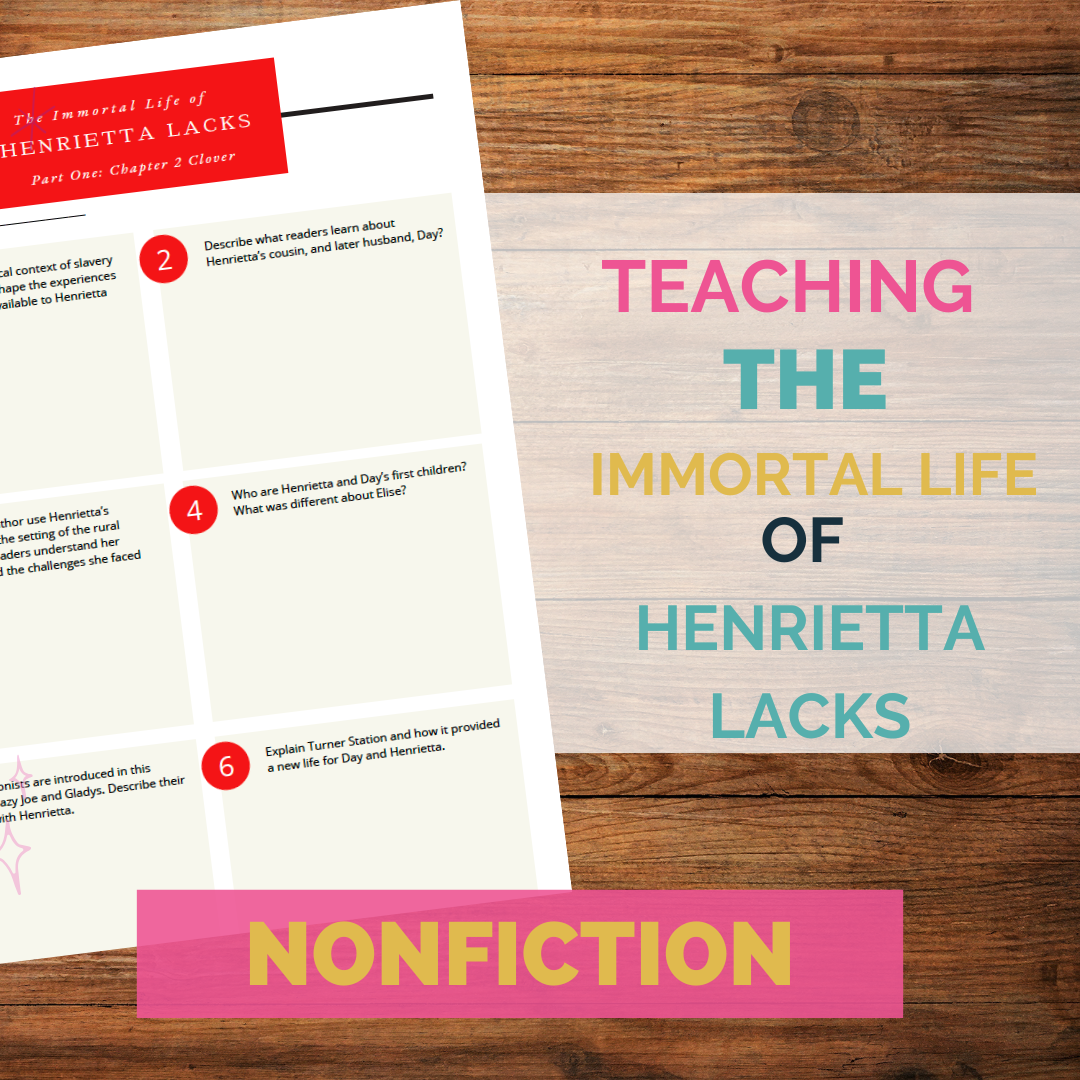"I Know Why the Caged Bird Sings"
Maya Angelou‘s powerful autobiography, “I Know Why the Caged Bird Sings,” is a compelling literary work that explores themes of identity, resilience, racism, and the struggle for self-expression. As educators, it is our responsibility to introduce our students to this seminal text and guide them through its complex narrative. In this blog post, we will explore creative and engaging ideas to teach “I Know Why the Caged Bird Sings.”
Historical Context
Maya Angelou
Start by providing students with essential historical context. Help them understand the socio-political climate of the time in which the book is set. Discuss the Civil Rights Movement, segregation, and the challenges faced by African Americans in the mid-20th century.
Author’s Biography
Introduce students to Maya Angelou’s life story and her significance as a writer, poet, and civil rights activist. Explore how her own experiences shaped the narrative in “I Know Why the Caged Bird Sings.”
Group Discussions
Encourage students to participate in group discussions about the themes and characters in the book. Engage them in conversations about identity, family, trauma, and resilience. Provide open-ended questions to stimulate critical thinking and empathy.
Character Analysis
Ask students to select a character from the book and conduct a character analysis. Have them explore the character’s motivations, growth, and the challenges they face. This activity can help students delve deeper into the text and connect with the characters on a personal level.
Creative Projects
Promote creativity by assigning projects related to the book. Encourage students to create artwork, poetry, or even short stories inspired by the themes and events in “I Know Why the Caged Bird Sings.” This allows them to express their understanding of the text in a unique way.
Multimedia Presentations
Have students research and prepare multimedia presentations on various aspects of the book, such as the setting, historical background, or a particular theme. This not only reinforces their understanding but also develops their research and presentation skills.
Role-Playing
Organize role-playing activities where students take on the roles of characters from the book. This interactive approach allows them to empathize with the characters’ experiences and gain a deeper appreciation of the narrative.
Journaling
Encourage students to keep journals throughout their reading journey. Ask them to write reflections, responses, and personal connections to the text. Journaling fosters self-expression and helps students develop their analytical and writing skills.
Comparisons with Other Works
Encourage students to compare and contrast “I Know Why the Caged Bird Sings” with other literary works or historical events. This can lead to insightful discussions about universal themes and the book’s relevance in today’s society.
Field Trips and Guest Speakers
Whenever possible, organize field trips to relevant historical sites or invite guest speakers who can provide firsthand accounts or insights related to the book’s themes. This immersive experience can make the text come alive for students.
Final Thoughts
Teaching “I Know Why the Caged Bird Sings” is an opportunity to engage students in meaningful discussions about history, identity, and the power of resilience. By incorporating these creative teaching ideas, educators can help students not only comprehend the text but also appreciate its enduring significance in our world today. Maya Angelou’s words have the power to inspire and empower, and it is our duty to ensure that her message is heard and understood by the next generation.





